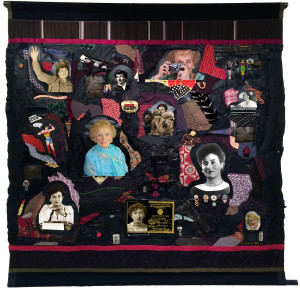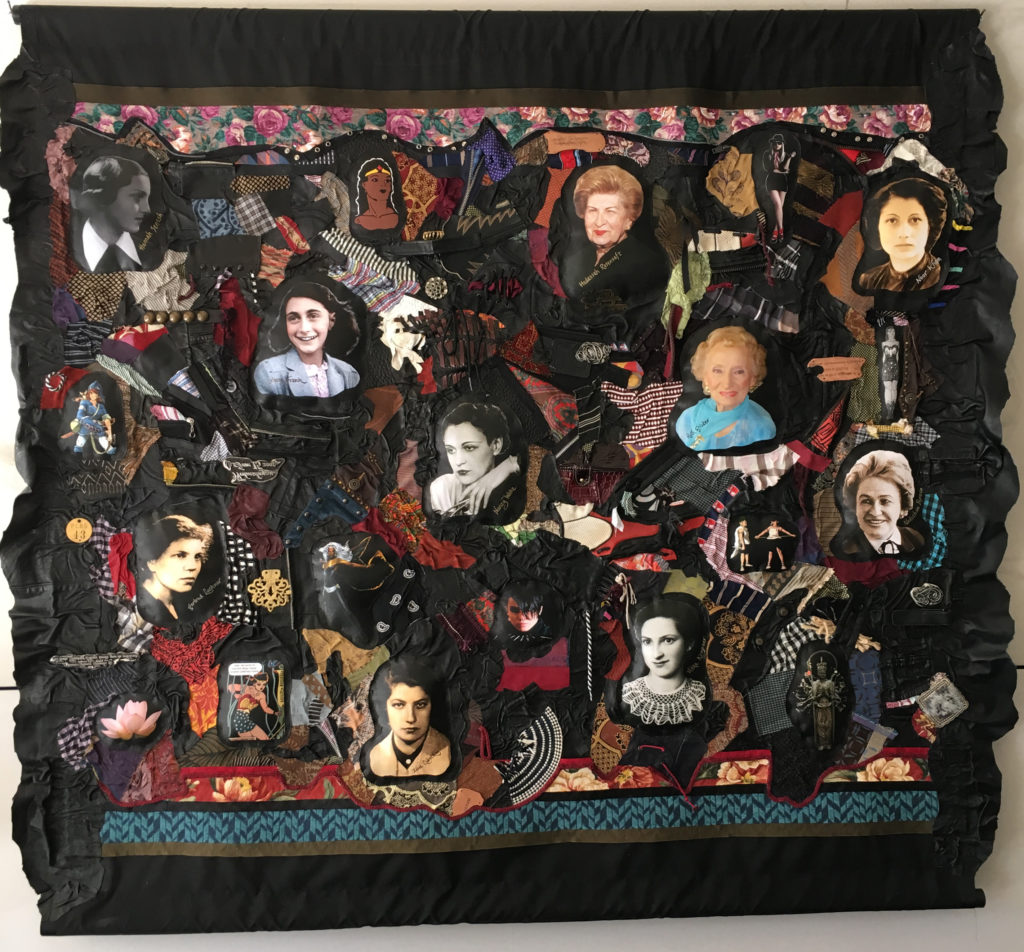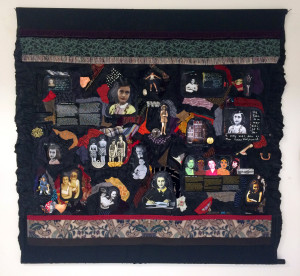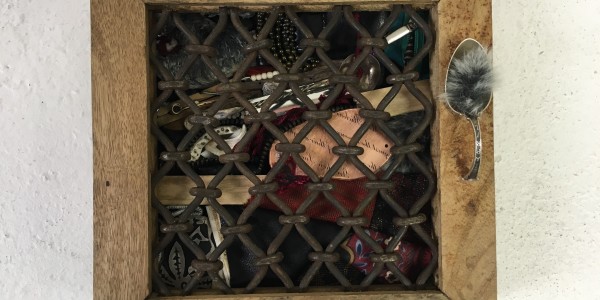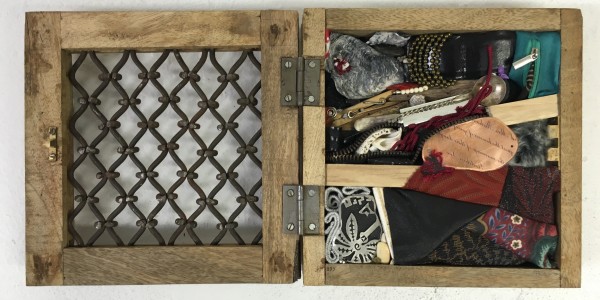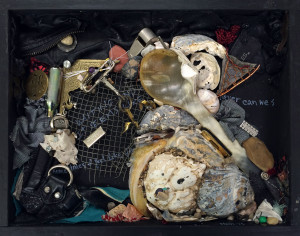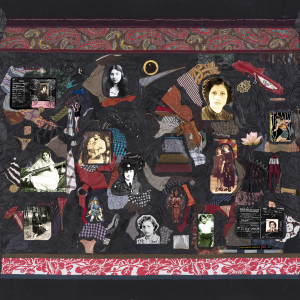
Current and future art educators, and others interested in using art to teach social justice—joined artists, scholars, and practitioners with expertise in social justice art education, along with well-known guests such as Michael Kimmel—for interactive workshops and special evening events that focus on curricular encounters with Holocaust Heroes: Fierce Females–Tapestries and Sculpture by Linda Stein.
When: July 11 – 14, 2016
Where: Linda Stein’s studio-gallery in Tribeca at 100 Reade Street, New York, NY 10013
Encounters: Curricular encounters with Stein’s art begin with Holocaust Heroes: Fierce Females (H2F2) as a catalyst to connect to personal experiences, reflections, and perspectives. Underlying all encounters is teaching towards understanding the value of diversity (e.g., culture, ethnicity, religion, race, gender, sexuality, and ability) and understanding that everyone is responsible for the well-being of others.
Encounters with H2F2 can be both a source for examining cultural-historical roots of social and environmental degradation, and a catalyst for upstander actions in rethinking community. Several encounters investigate the role of visual culture as a means of communicating and perpetuating cultural values, including the ways in which visual culture affects perceptions of self and the world. Other encounters explore issues of power and privilege and its various forms in visual culture. The encounters are processes to analyze media, advertisements, photographs, alternative media, objects, spaces, places, signs and codes as sources of power, as well as to “decode” and “encode” the symbols that dominate society.
Have Art: Will Travel!, a non-profit corporation, will offer a $1000 annual award to an educator who develops and implements outstanding curricular encounters with H2F2.



